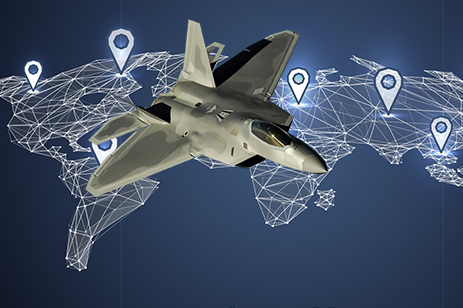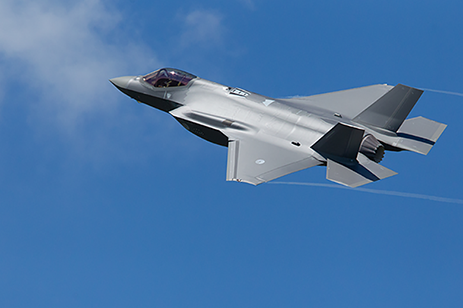
Applications such as aircraft flight test, missile development, and avionics suites benefit from accurate and plentiful data to verify and validate the platform/system’s performance. This data is most useful when it is properly correlated with other contemporaneous test data. This includes ensuring that all data such as from sensors, avionics buses, and video is perfectly in sync with the aircraft’s concurrent position and orientation in space.
This enhances one’s knowledge of what is happening during different maneuvers, allowing engineers to better determine the limits of an airborne platform.
Time space position information (TSPI) systems deliver this positional data and have been in use for decades. Sensors that gather data such as strain, temperature, and vibrations provide information with a well-defined accuracy that depends on the sensors, wiring, and data acquisition and processing system.
TSPI systems, on the other hand, rely on not only the accuracy and precision of the system’s internal electromechanical components but also very careful installation and calibration.
This white paper looks at different TSPI solutions and discusses requirements before concluding with thoughts on an optimal system for modern flight test applications.


